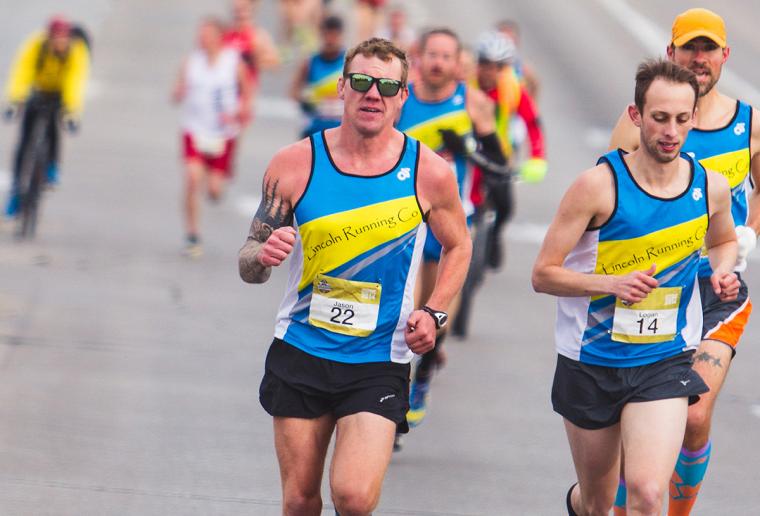
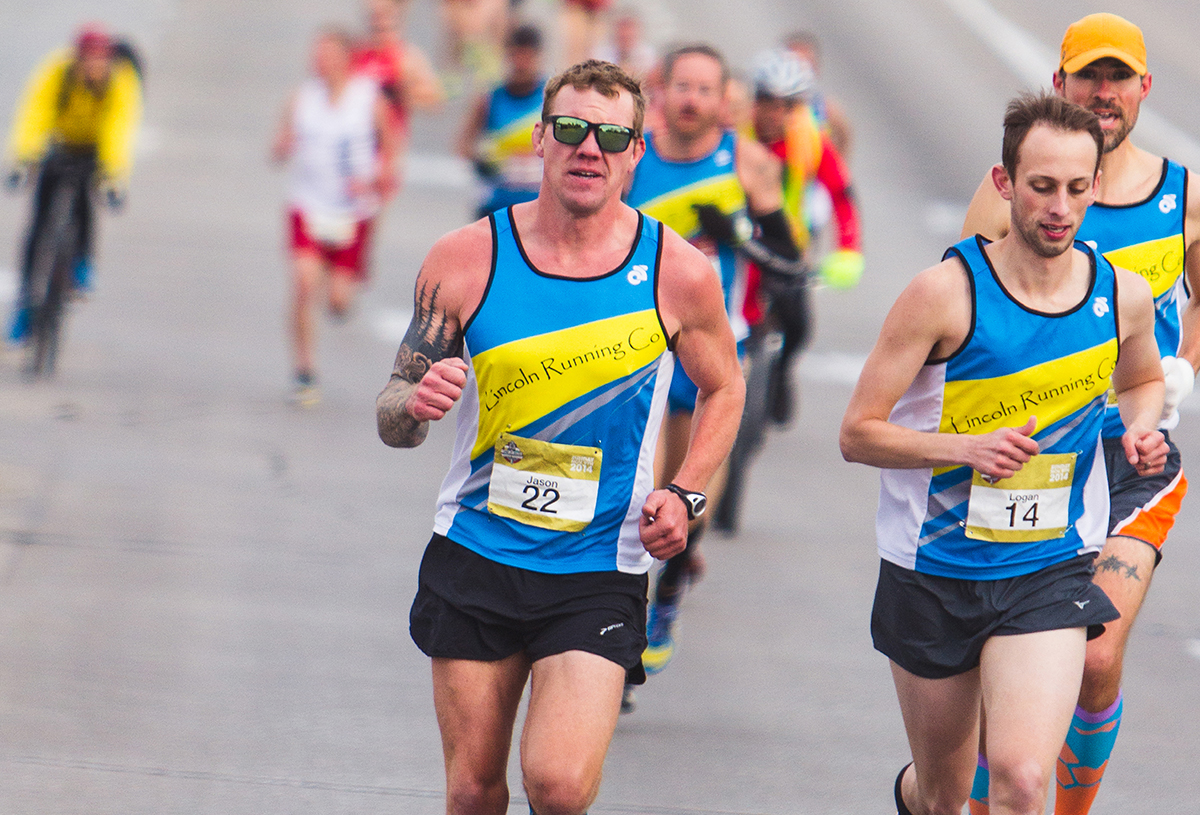
That’s good news for a guy like Russ Hines, CEO of the Amway River Bank Run, the largest 25K road race in the country, which takes place every May in Grand Rapids, Michigan – an area that is within the scope of the West Michigan Sports Commission. The event also offers the only 25K wheelchair racing division in the world, as well as a 25K handcycle division, and it has hosted the USA Track & Field 25K National Championships since 1995.
“The number of running events has increased over the years, giving participants many options to choose from,” Hines says. “We are constantly reviewing best practices and looking for ways to improve the runners’ experience. We also have increased the number of free training runs we host leading up to race day, including having staff from [an area health provider] on site to assist with any aches and pains or general questions.”
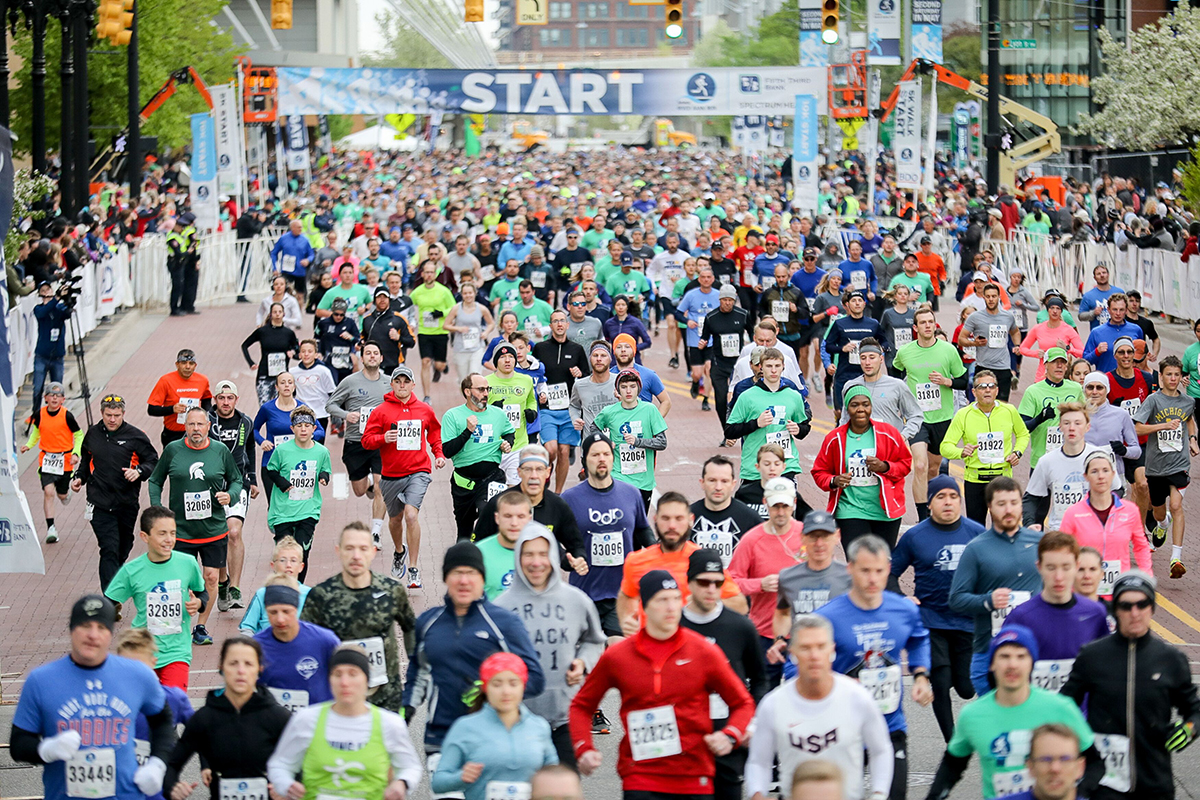
“Downtown Grand Rapids has changed immensely since the race’s inception in 1978, and so have the generations,” Hines says, adding that more women than men typically participate in the Amway River Bank Run. “Many of the baby boomers are traditionalists and continue to participate in the same event year after year, while millennials seem to look for a unique experience. However, both generations like well-organized events with a longstanding history. We see multiple generations crossing the finish line together, which makes all of us smile.”
Race directors and sports tourism officials in communities around the country are smiling right along with Hines and his staff, as they provide memorable running experiences for a wide diversity of athletes — and often with themes ranging from prison breaks to pie eating.
Each of the following destinations has made road and trail races their own, embracing increasing community interest while also attracting out-of-town participants who run during the day and then stick around for an extra night or two.
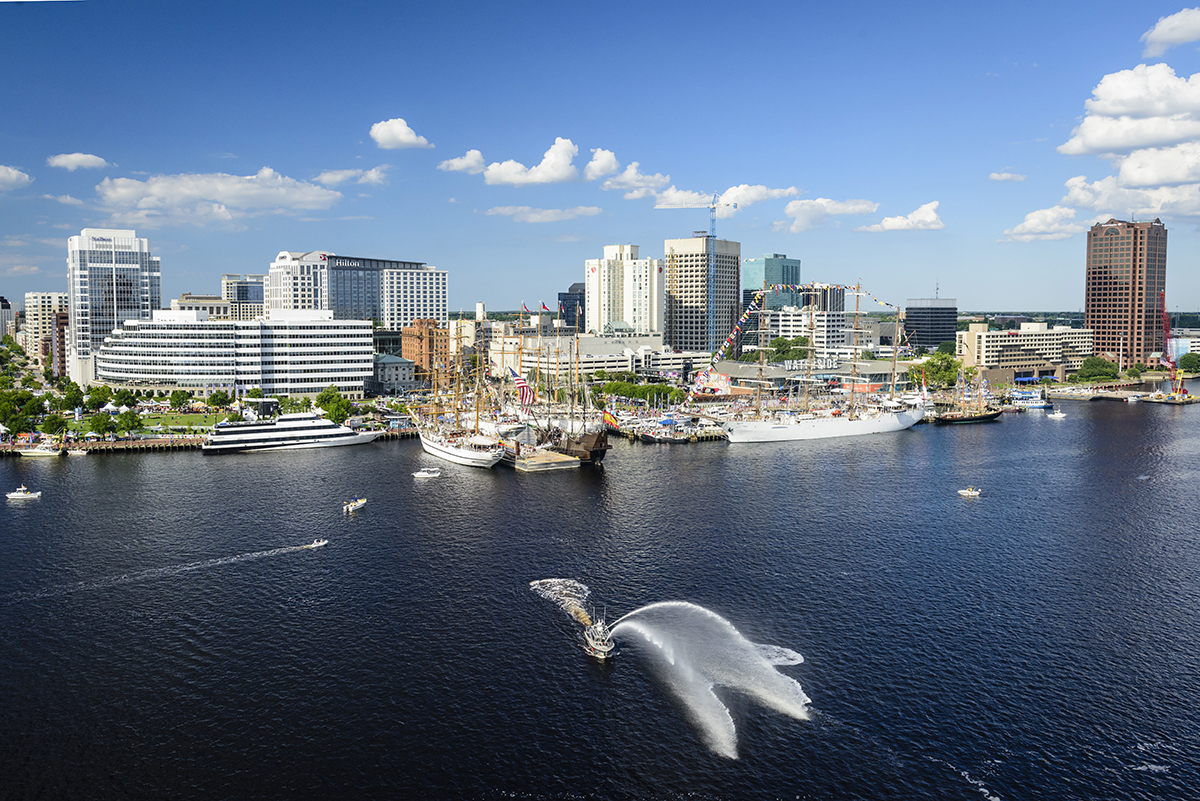
One reason more people are participating in running events? Simple: They’re looking for additional ways to be active. Visit Norfolk is leveraging that increasing interest by promoting the city’s 144 miles of shoreline along lakes, rivers and the Chesapeake Bay, as well as the two-year-old Elizabeth River Trail, a 10.5-mile urban passage built specifically to encourage running and biking among residents and to connect multiple neighborhoods around the city.
That community vibe translates to the four road running events held in Norfolk every year. Three of them — the Norfolk Harbor Half Marathon and 10K, the ADP Corporate 5K (which targets runners who work for area businesses) and the Children’s Hospital of The King’s Daughters RunWalk for the Kids — are held in Downtown Norfolk, while the MSP Design Group Big Blue 5K takes place at nearby Old Dominion University.
“We’re slowly becoming more active in running,” says Katie Castano, sales manager for Visit Norfolk, noting that some of the events take runners through historic neighborhoods filled with friendly residents. “People come out of their houses and cheer you on.”
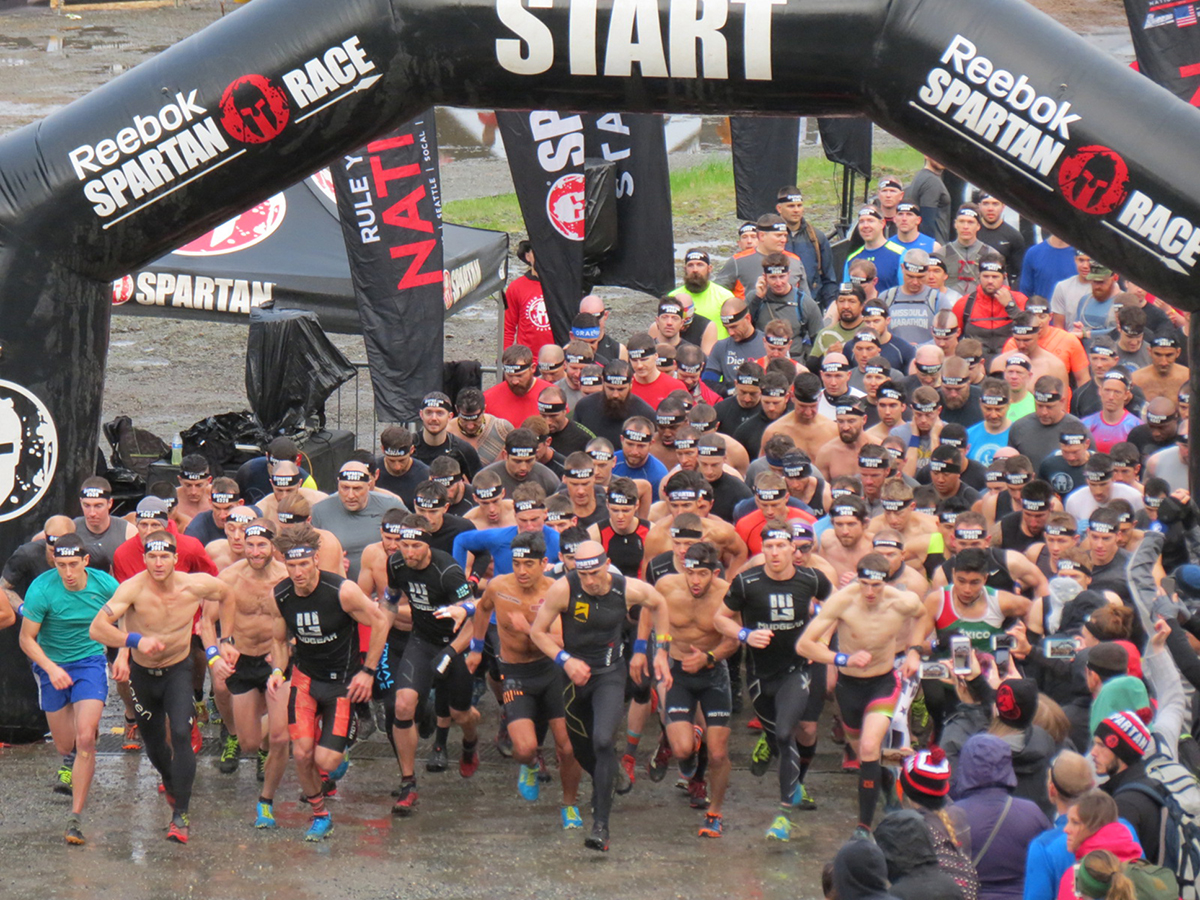
Spanning an area the size of Delaware, Snohomish County in Washington State is built to encourage an active lifestyle for both elite and amateur runners.
“We have such beautiful scenery,” says Tammy Dunn, sports development director for the Snohomish County Sports Commission, specifically citing the Everett Half Marathon and 10K (formerly known as the Heroes Half). “You’ve got the Cascade Mountains on one side and the Salish Sea on the other.”
The county offers an impressive blend of road and trail runs that also includes the Snohomish River Run (a two-day event in October that serves as a Boston Marathon qualifier while also encouraging broader participation with a 5K), February’s Lord Hill Trail Run in Lord Hill Park (punctuated by what organizers call “the big hill”) and the Pie High Trail Run on July 21 (which includes plenty of hills and a slice of pie at the finish line).
The Snohomish Running Company organizes eight annual runs in the county, which also is a magnet for such competition series as the Spartan Race, the Bubble RUN and the Blacklight Run.
“All of this shows that we live an active lifestyle here and that our running events are for anybody,” Dunn says.
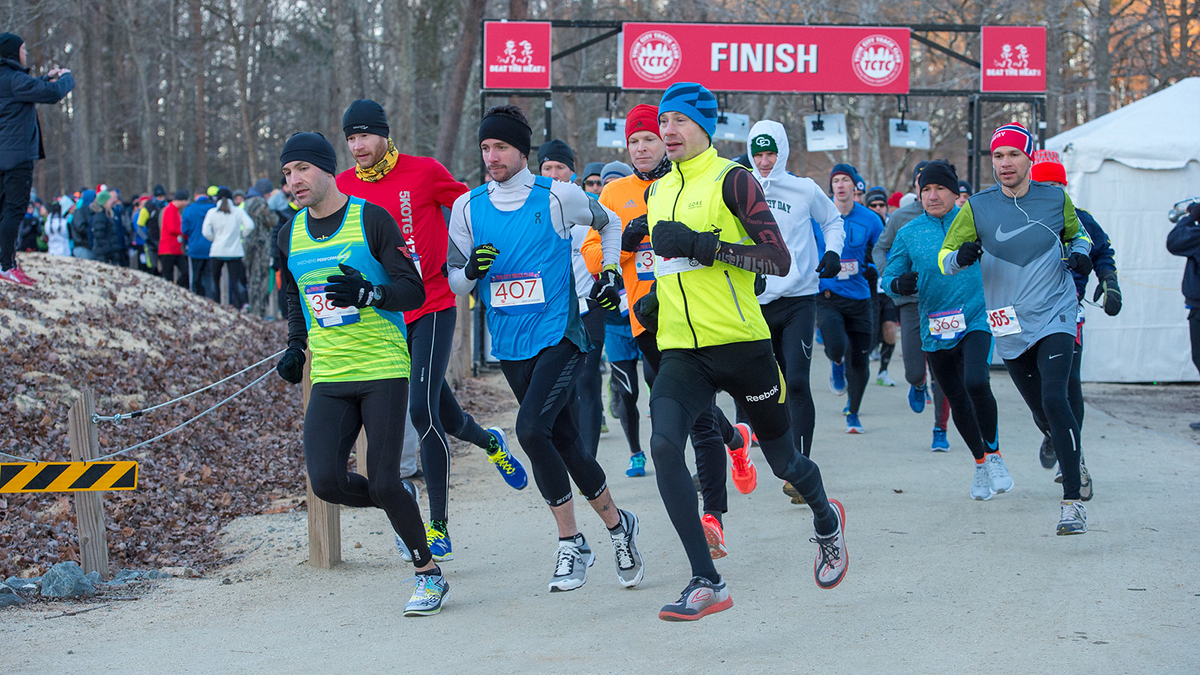
An example of the vital role a running club can play in a community is illustrated by the Twin City Track Club, a long-established nonprofit organization dedicated to promoting running and fitness in Winston-Salem, North Carolina. Two of the club’s most significant annual events are the Salem Lakeshore Frosty Fifty 50K, 25K and 50K Relay and the Salem Lake 30K, 7 Mile and 5K Trail Run.
Held in early January, the Frosty Fifty takes runners around beautiful Salem Lake on the outskirts of Winston-Salem, a city noted for its scenery and diverse terrain. Last year’s race took place on a day when the temperature was a very frosty 11 degrees. The Salem Lake Trail run is held in September on the mostly shaded, wooded trail surrounding Salem Lake.
The Twin City Track Club also sponsors the $5 5K race series, defined on the club’s website as “a low-key race for athletes who want to run a tune-up race to prepare for their targeted event, the novice who may be intimidated by the larger events and runners/walkers who want an event to test themselves without breaking the bank.”
“One of the goals is to introduce that short distance to people who may not have ever participated in a 5K before,” says Bonny Bernat, senior sports and events sales manager for Visit Winston-Salem. “The Twin City Track Club is a very community-focused club and is trying to get people out running, and then keep them running.”
Winston-Salem also is home of the Ultimate Runner, an endurance event in which participants compete in five events in one night: 1 mile, 400 meters, 800 meters, 100 meters and a 5K cross country race inside Hanes Park.
“As far as I know, it is the only event of its kind in the country,” Bernat says.
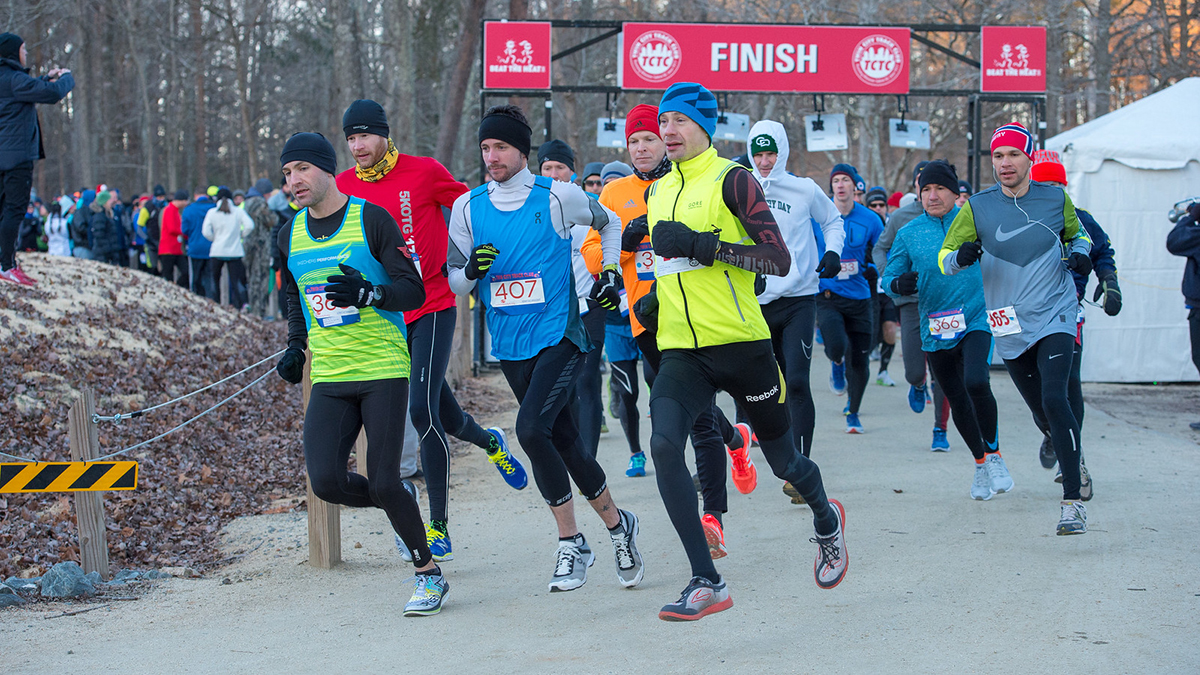
“Ultimate runner” might be defined slightly differently in Lincoln, Nebraska, which is home to a wide variety of running events, including the Market to Market Relay, a 76-mile team event with 19 exchange points between Lincoln and Omaha that is considered the largest day-long race in the United States. Sponsored by Lincoln-based Pink Gorilla Events, it attracts participants from about 30 states, according to Derek Bombeck, sales development manager for the Lincoln Convention and Visitors Bureau.
The Good Life Halfsy, a half-marathon held in November, runs through the streets of Lincoln with more than 6,000 runners from all 50 states. Meanwhile, the Big Red Challenge is a 7K obstacle course that benefits efforts to help veterans transition to civilian life and gives participants an idea of the physical challenges active members of the military encounter on a daily basis. Bombeck says the event has picked up steam in recent years, thanks to strong sponsorships.
Then there’s the Lincoln Marathon, a Boston Marathon qualifier, now in its 42nd year, that pulls in roughly 15,000 runners every May. The event’s 2,000 volunteers are indicative of the marathon’s enduring popularity. “Participation numbers for that event keep increasing, while marathons in other cities have suffered,” Bombeck says. “That’s because we know how to host quality events and have second-to-none volunteers.”
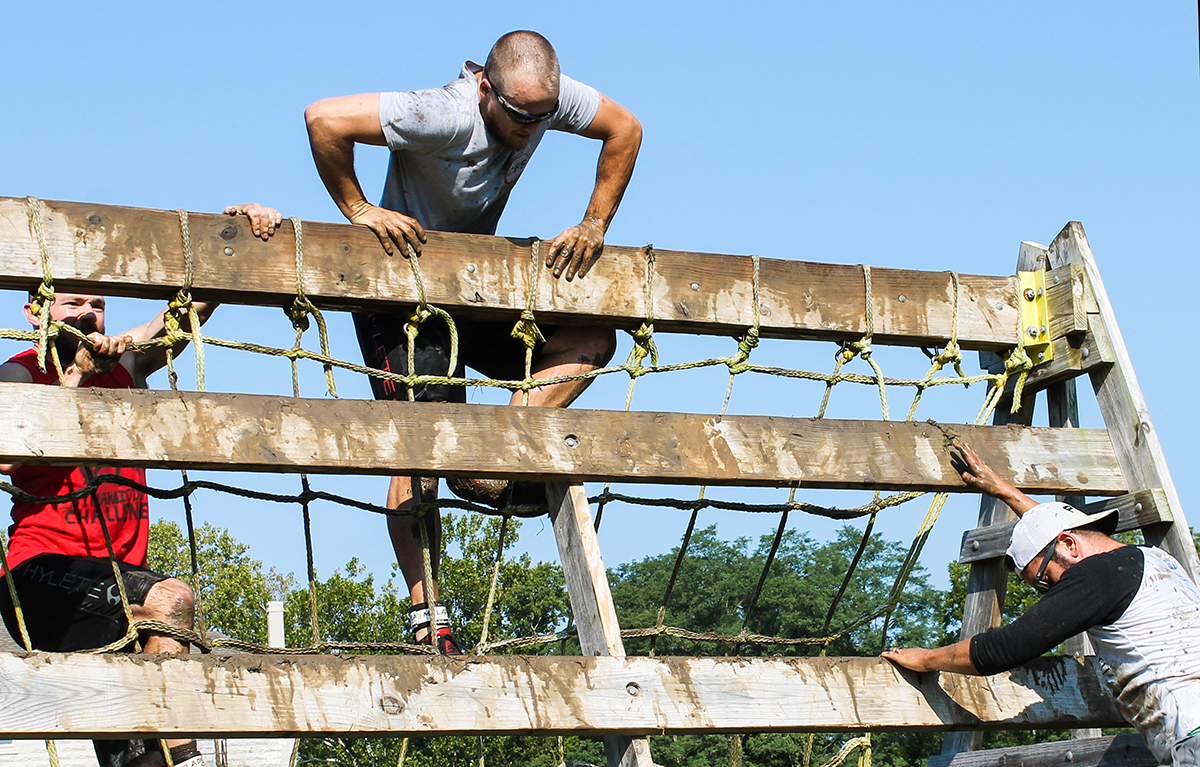
Jefferson City, Missouri, boasts a rich running culture, too, with plenty of hills and valleys. In fact, it’s home to the state’s toughest cross-country course, according to Austin Rippeto, sports sales manager for the Jefferson City Convention & Visitors Bureau.
It’s also renowned for the now-decommissioned Missouri State Penitentiary, which housed boxer Sonny Liston and James Earl Ray, Martin Luther King Jr.’s assassin. The 183-year-old structure also is the site of the Jefferson City Prison Break Run, a five-mile combination run and obstacle course that begins inside the abandoned prison, continues through mud and over hills, and concludes at a restaurant called Prison Brews. Race officials are hoping to boost participation from about 175 runners to 200 or 250 this year; the event takes place in August.
“Everyone gets a shirt with prison stripes, and they have to take it off before leaving the grounds, to signify that they are escaping,” Rippeto says. “The city really flourished around the prison, and it’s such a huge part of our history that it’s hard not to embrace.”
Indeed, the Catch Me If You Can kids run and obstacle course is held the weekend before the Prison Break, and the Jefferson City Triathlon also is known as “The Great Escape.” That race takes participants along the perimeter of the penitentiary and out to the Jefferson City Correctional Center and back.
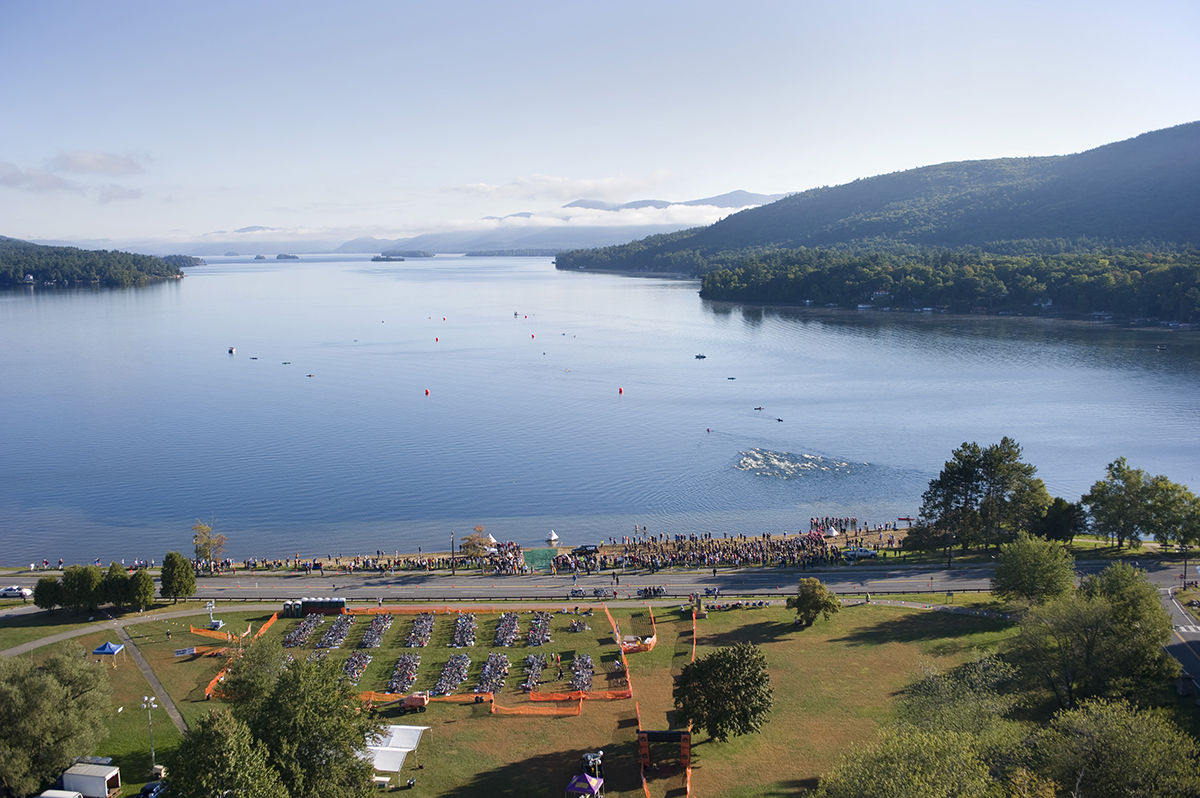
Race organizers increasingly are turning some of their events into full weekends. Take the Lake George Triathlon Festival, held during Labor Day weekend in New York’s Lake George and attracting participants from multiple states.
Events include the Olympic distance Lake George Triathlon (swim 0.9 mile, bike 24.8 miles, run 6.2 miles), an Olympic AquaBike (swim 0.9 mile, bike 24.8 miles), the Big George 70.3 Triathlon (swim 1.2 miles, bike 56 miles, run 13.1 miles) and the AquaBike 70.3 (swim 1.2 miles, bike 56 miles).
Extreme racers can participate in either the PRINCE George (a full Olympic distance tri on Saturday and a 70.3 AquaBike on Sunday) or the KING George (a full Olympic tri on Saturday and a full 70.3-mile tri on Sunday).
“Lake George is 32 miles long and is the third-clearest lake in the country,” says Kristen Hanifin, special event and convention sales director at the Lake George Regional Chamber of Commerce/Convention and Visitors Bureau. “We’ve been known as a family-friendly destination for decades, and we are trying to develop more running events, especially trail races.”
One long-established event is the Prospect Mountain Road Race, in which participants head uphill 5.67 miles to summit the 1,601-foot-tall mountain.
Meanwhile, the Empire State Trail, a 750-mile multi-use trail proposed by New York Gov. Andrew Cuomo in 2017, will connect communities across the state and spark new outdoor recreation and sports tourism development. Approximately 400 miles of the trail already exist in discrete, disconnected segments. When completed by the end of 2020, though, the Empire State Trail is expected to span the state from New York City to Canada and from Buffalo to Albany, creating the longest multi-use state trail in the nation. Organizers expect bicyclists, hikers and runners to flock to the trail.
Segments of the Empire State Trail are expected to intersect with Lake George, Hanifin says, and preliminary discussions already have taken place about bringing more events to the area.
“Once the trail is complete,” she says, “it will provide incredible racing opportunities.” SDM

